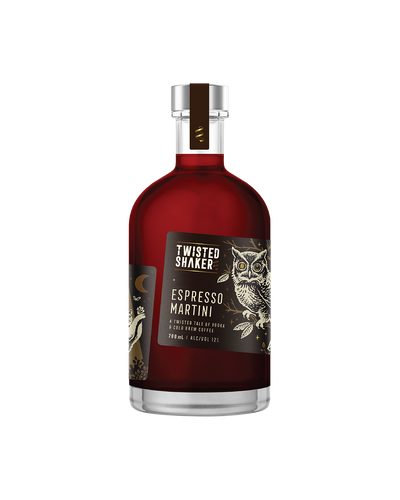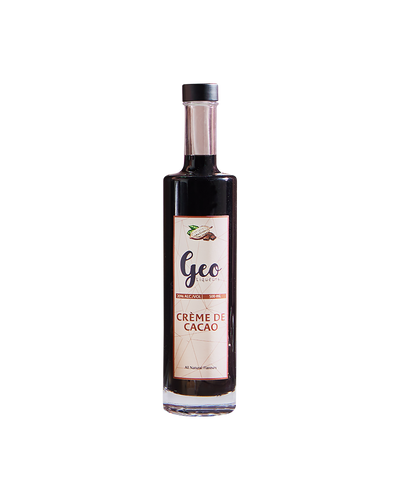Your Complete Guide To Gin
Recently emerging as a popular favourite among a younger generation of drinkers, gin is a well-established spirit with a rich legacy behind its floral flavours. But what is gin? What is gin made from? How is gin produced? Why has it captured the public’s imagination so effectively? These are all questions which even many longtime gin aficionados aren’t necessarily familiar with — but are all excellent things to know. Whether you’re new to the world of gin or you’re a long-time devotee, knowing a few things about the rich legacy of the drink can certainly enhance your enjoyment as you enjoy a tipple or two.
The history of gin
So where is gin originally from? Well, the history of gin reveals a storied past for this spirit. The earliest known reference to a gin-like liquor dates back to around 70 CE, with Pedanius Dioscorides publishing a five-volume treatise on herbal medicine. Within its pages, he made reference to using wine-soaked juniper berries as a remedy for chest ailments. While the treatment has since fallen out of vogue in the ensuing 2000-odd years, Dioscorides clearly recognised the potential within this cocktail. A reference to a tonic wine incorporating juniper berries would be made nearly a millennium later by a group of Benedictine monks, who recorded it in their “Compendium Solernita” in 1055.
But gin in its modern form appears to have originated with the Dutch. In the 1500s, they were distilling a spirit known as “genever” for its alleged medicinal qualities. It used malted wine as a base, with juniper berries incorporated to dull the unpleasant taste. By the 1700s, the recipe had evolved, the name had been shortened and the more modern form of gin established itself as a popular favourite.
Of course, gin’s ascent wasn’t entirely without controversy; gin production wasn’t really standardised until the 1830s, thanks to the invention of a new type of still by Aeneas Coffey. Prior to this, gin was made from all sorts of eccentric ingredients, many of which were unfit for human consumption. In the interim, gin was — both fairly and unfairly — singled out for being responsible for all manner of social ills. But improved distilling techniques and its widespread prevalence among the English Navy would eventually see its image rehabilitated, and grow into the sophisticated drink that we recognise today.
How is gin made?
At a base level, gin is a clear, distilled spirit that incorporates juniper berries into its production. A grain spirit akin to vodka is used as the base spirit, while the berries provide additional flavour. Indeed, these juniper berries are what makes up gin specifically, in contrast to it simply being flavoured vodka. Gin must include juniper to actually be considered a gin, even if it’s not the most prominent flavour in the final mix.
Yet this seemingly subtle touchstone has created an entire industry of eccentric, talented and dedicated distillers. Experimentation is a cornerstone of the modern gin industry, as distillers and aficionados alike the world over look for new flavours to bring to the drinking public. How is gin distilled? With a great deal of variety, as it turns out. Nonetheless, the basic process remains the same. For commercial gins, a spirit is created via the fermentation of grain, rather akin to the first steps for creating vodka. Amateur distillers can and do create their own gin at home using vodka as a base, but many purists like to control the production process from end to end. Commercially available neutral spirits may also be used as part of the process, depending on the manufacturer.
This spirit is then distilled — at which point the juniper berries are introduced, frequently along with a variety of other botanicals to bring unique floral flavours to the final mix. Coriander seeds are one of the most common, along with angelica root and citrus peel. However, there are no hard and fast rules. Ingredients like licorice, cassia bark, cardamom, orris root, cucumber, black pepper and any number of other additives have all found their way into gins around the world. It’s easy to see why gin has attracted such a broad audience, especially given the inherent flavour variety that’s available in comparison to some other spirits.
The amount of time spent in distillation will vary; for example, while most gins sit around the 40% alcohol volume mark, “Navy style” gins will lean closer to 50%. Afterwards, the mix is strained, removing any solid traces of the ingredients from the final product. At this point it’s ready to be bottled and drunk, bringing satisfaction to gin fans the world over.
Is gin made from grain? And if so, is gin gluten-free?
Gin is made from grain, rather like most modern commercial vodkas. However, coeliacs and those with gluten intolerances can still enjoy its distinctive flavours. Pure, distilled gin is usually considered gluten-free as the distillation process itself will filter out the gluten contained within the ingredients. However, it’s always wise to check the label to see if any of the other ingredients or flavour additives contain gluten.
How do you store gin?
As with most spirits, gin has a lengthy shelf life and can be stored for years at a time. Room temperature is fine but slightly cooler — perhaps even in the freezer — is recommended to ensure that its best flavour is preserved over time.














Leave a comment